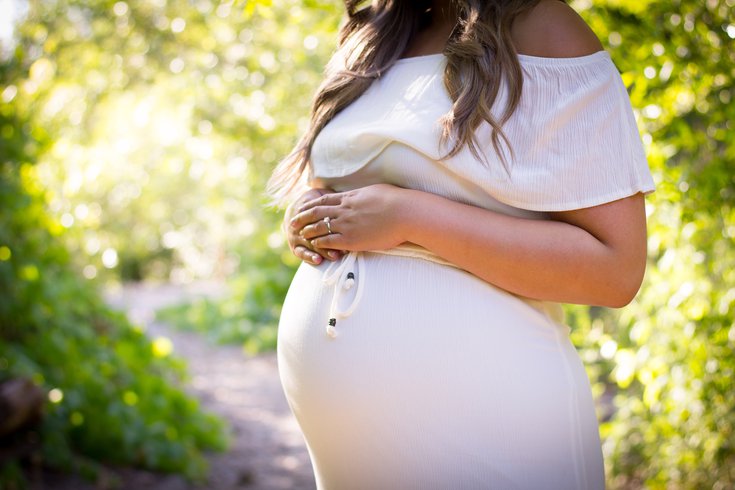
March 16, 2023
 Ryan Franco/Unsplash
Ryan Franco/Unsplash
The maternal mortality rate in the U.S. increased by 38% in 2021, rising to its highest level since 1965, a new CDC report shows. There are stark racial disparities, with Black women nearly three times as likely as white women to die during pregnancy or childbirth.
The United States has the highest maternal death rate among affluent countries, and the COVID-19 pandemic appears to have exacerbated the situation.
The maternal death rate increased by nearly 38% in 2021, the second year of the pandemic, according to a report released Thursday by the U.S. Centers for Disease Control and Prevention. Black women continued to face disproportionately high rates.
There were 32.9 maternal deaths per 100,000 live births in 2021, the highest rate in the U.S. since 1965. That was up from 23.8 in 2020 and 20.1 in 2019. Overall, 1,205 women died during childbirth or in the six weeks afterward in 2021, an increase from 861 in 2020 and 754 in 2019.
The report didn't specifically address COVID-19 complications during pregnancy, but studies have shown that pregnant women infected with the coronavirus have a higher risk of severe complications. Last year, the U.S. Government Accountability Office reported that COVID-19 contributed to 25% of maternal deaths in 2020 and 2021.
Pregnant women with COVID-19 also are more likely to be admitted to intensive care and have a pre-term birth, which may cause complications to the baby.
The report underscores the efforts needed to improve health care in the United States, experts said, noting that chronic conditions, poor health care access, structural racism and implicit bias all contribute to the high maternal death rates.
The shuttering of obstetric facilities in rural communities also makes it more difficult for some pregnant women to get proper care. Almost half of rural hospitals don't offer labor and delivery services, according to the American Hospital Association. This means pregnant women in these areas have to travel long distances for care.
According to a CDC analysis of state data, 84% of pregnancy-related deaths in the U.S. were preventable.
"There is just no reason for a rich country to have poor maternal mortality," Eileen Crimmins, a gerontology professor at the University of Southern California, told NPR.
The report found that maternal deaths rates rose among all racial groups. But Black women again had the highest rate, at 70 deaths per 100,000 live births, despite being less likely to give birth. White women had the lowest rate, at 26.6 deaths per 100,000 births, but prior to the pandemic, Hispanic women had the lowest maternal death rate.
The increased rates "send a resounding message" that eliminating racial inequities must remain a public health priority, Dr. Iffath Abbasi Hoskins, president of the American College of Obstetricians and Gynecologists, told USA Today.
The maternal death rate was highest for women older than 40 – 138.5 deaths per 100,000 live births. That was nearly seven times higher than the rate for women under 25.
That's worrisome because more women are conceiving at older ages, Dr. Elizabeth Cherot, chief medical and health officer at the March of Dimes, told The Washington Post. Women who get pregnant in their later childbearing years are more likely to have conditions like high blood pressure, obesity and diabetes, which complicate pregnancy.
"You really have to think about your patient differently," Cherot said.